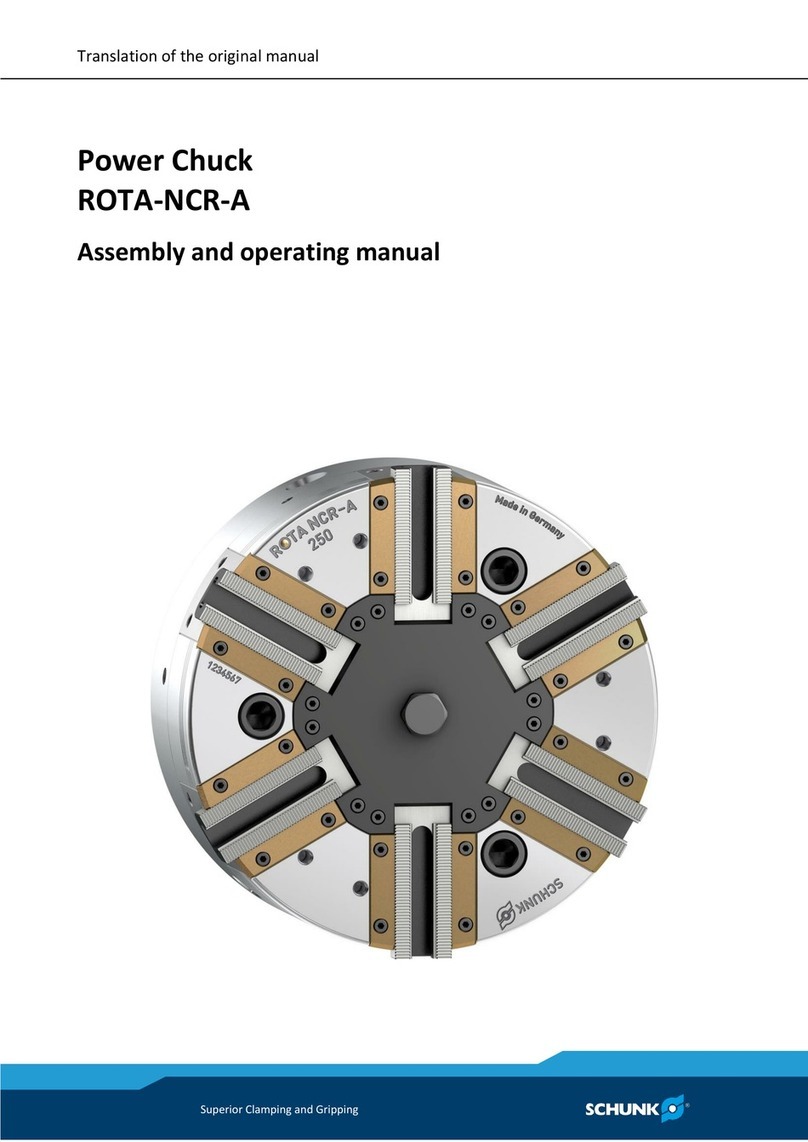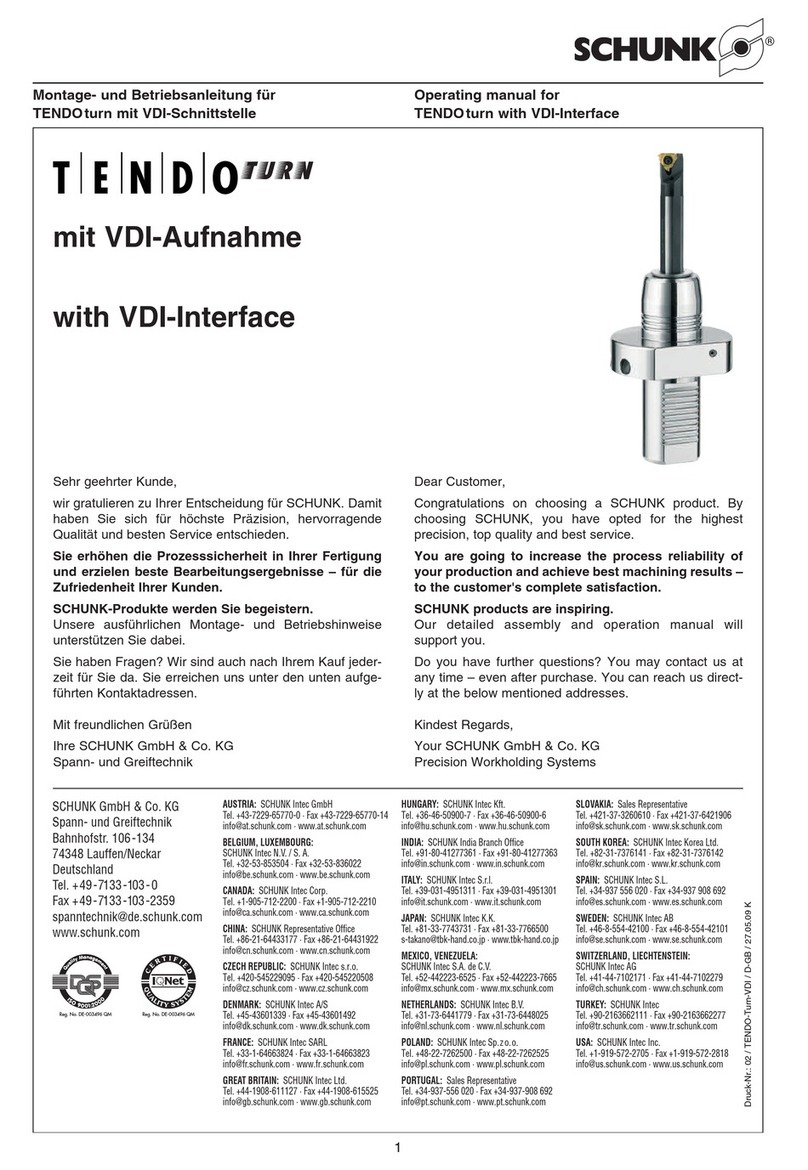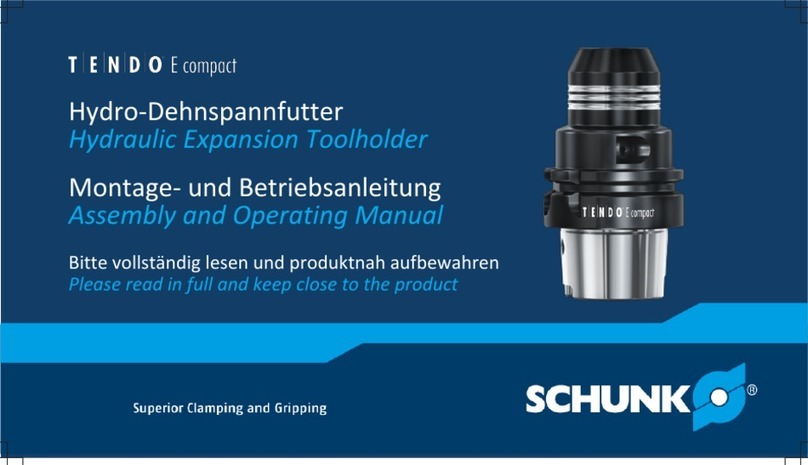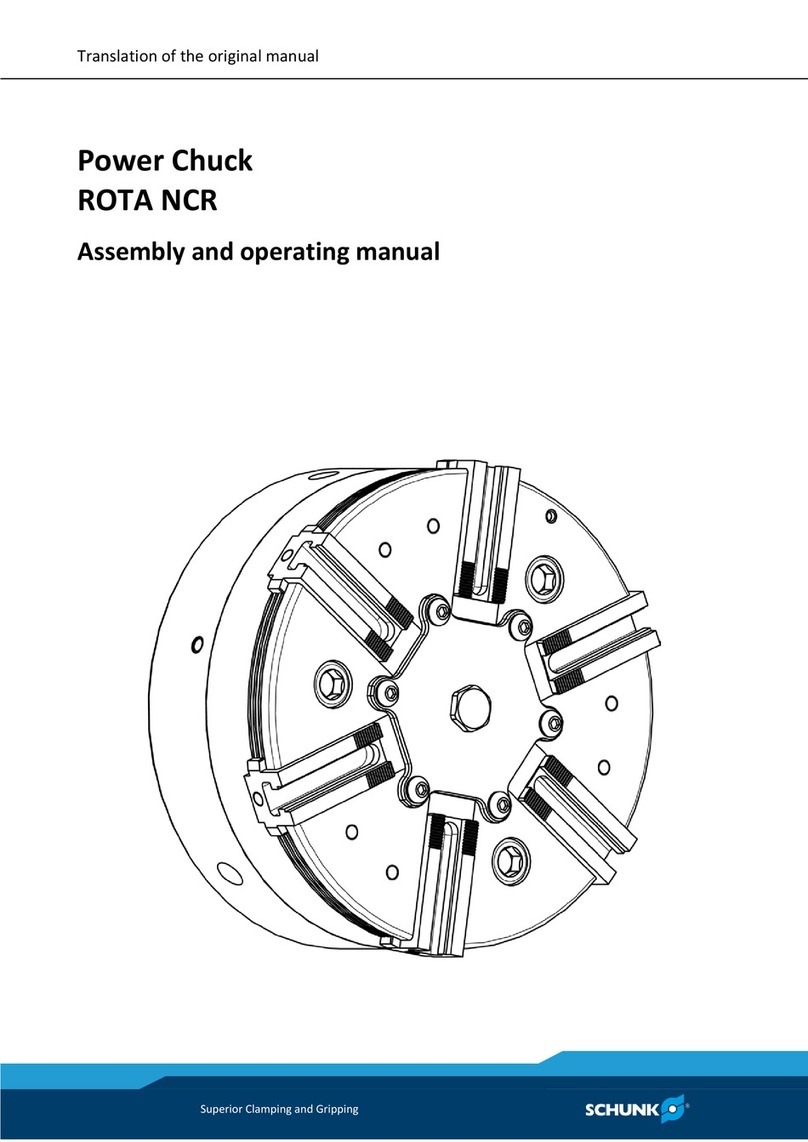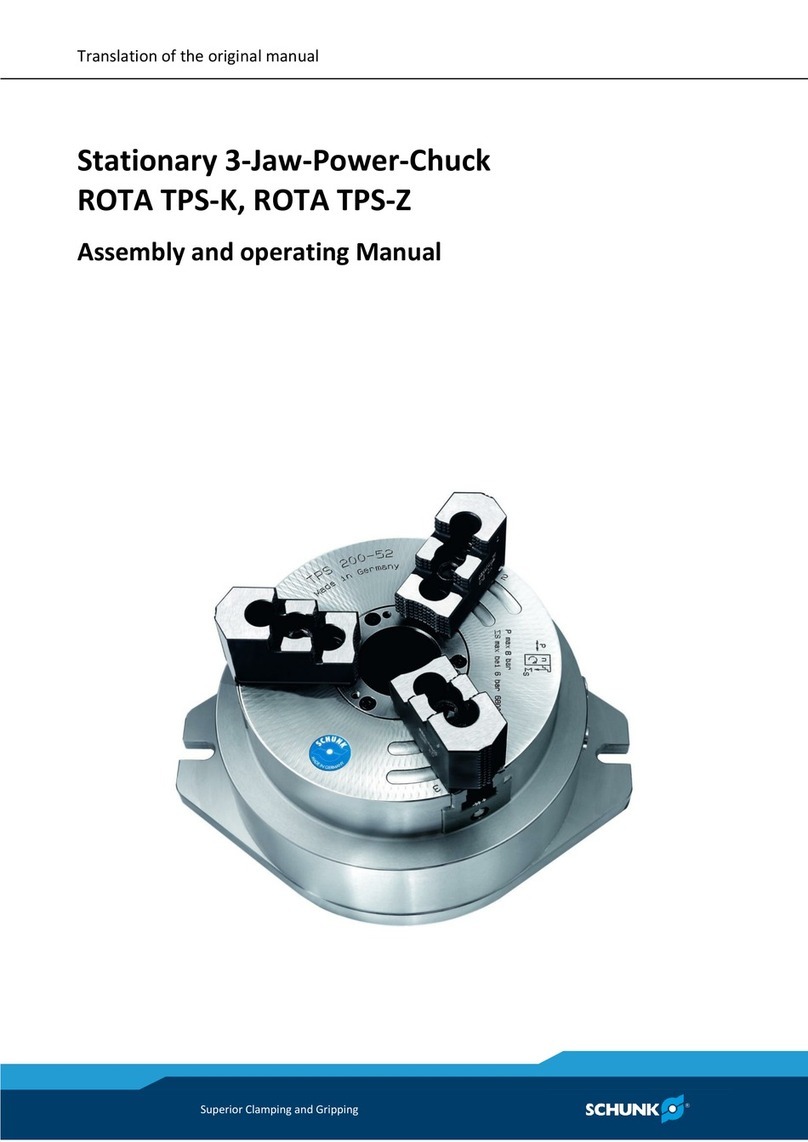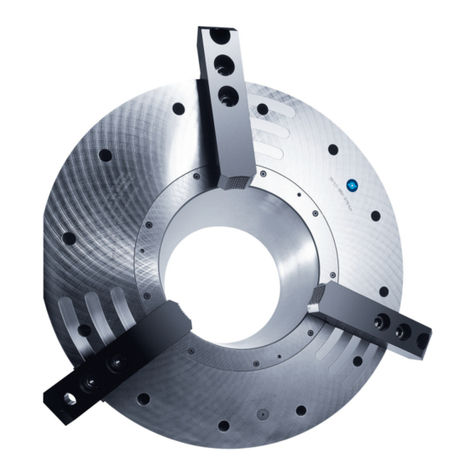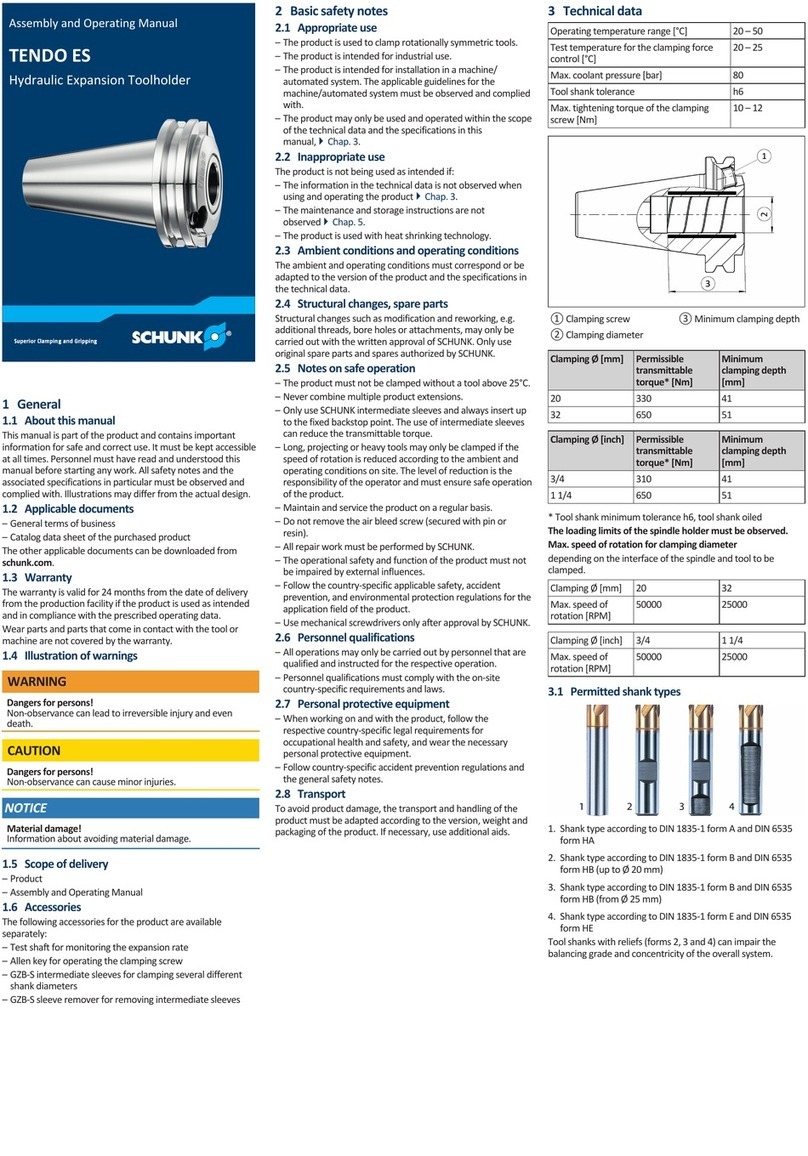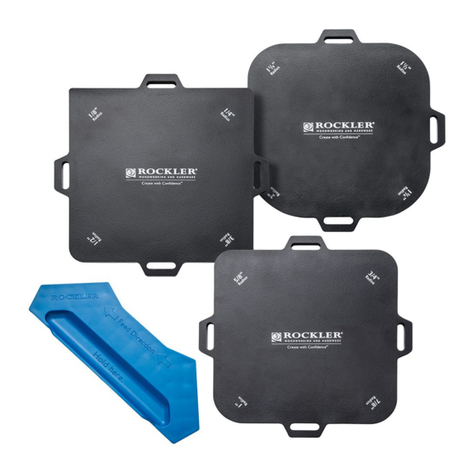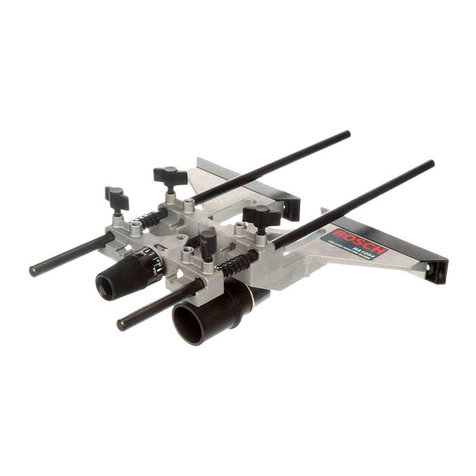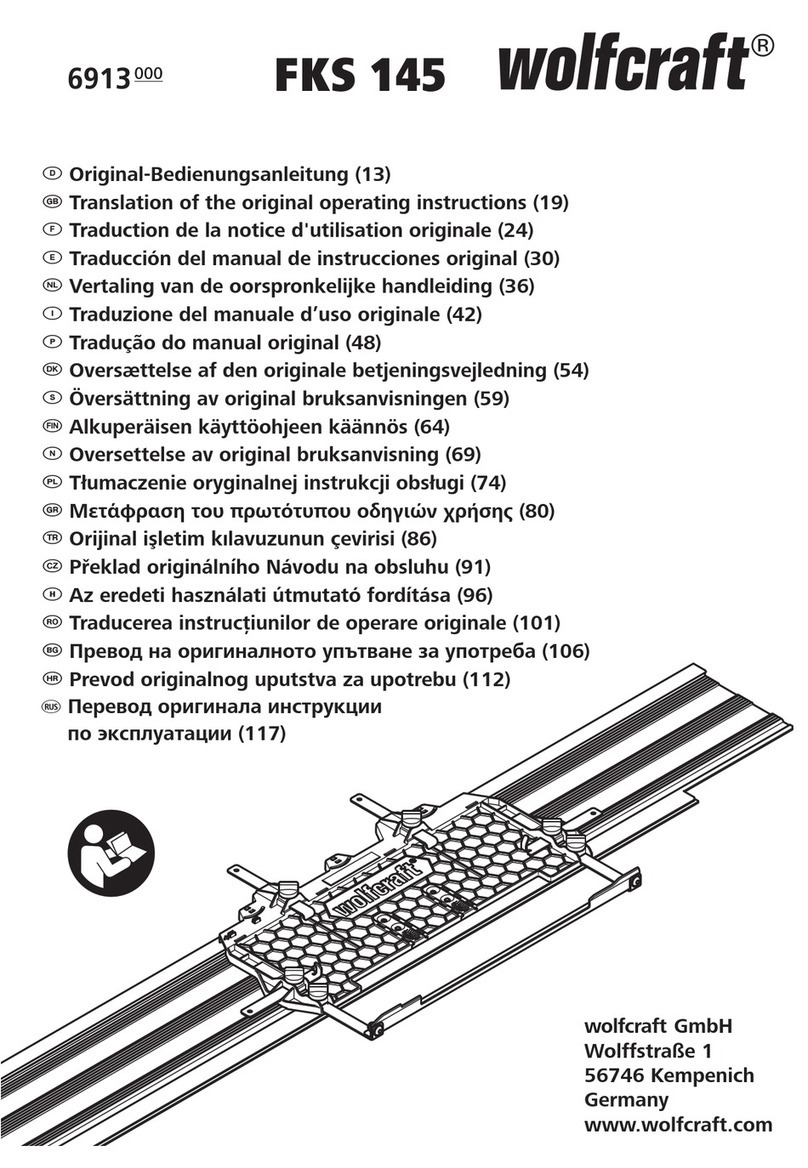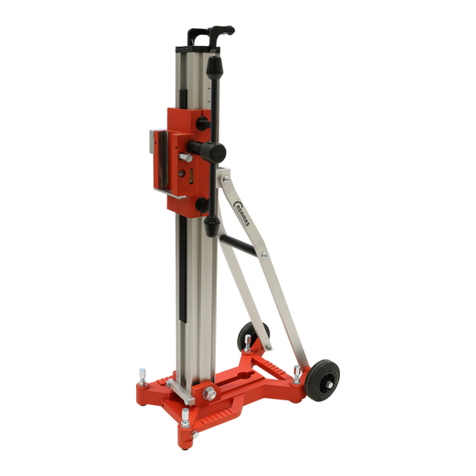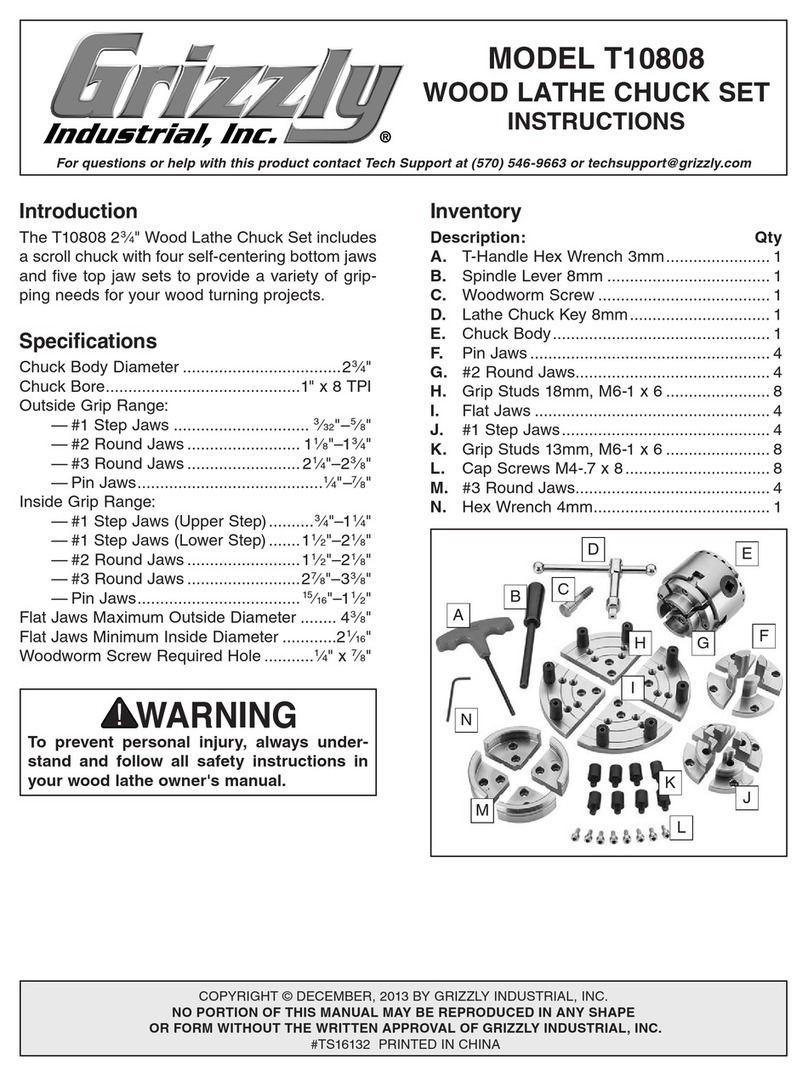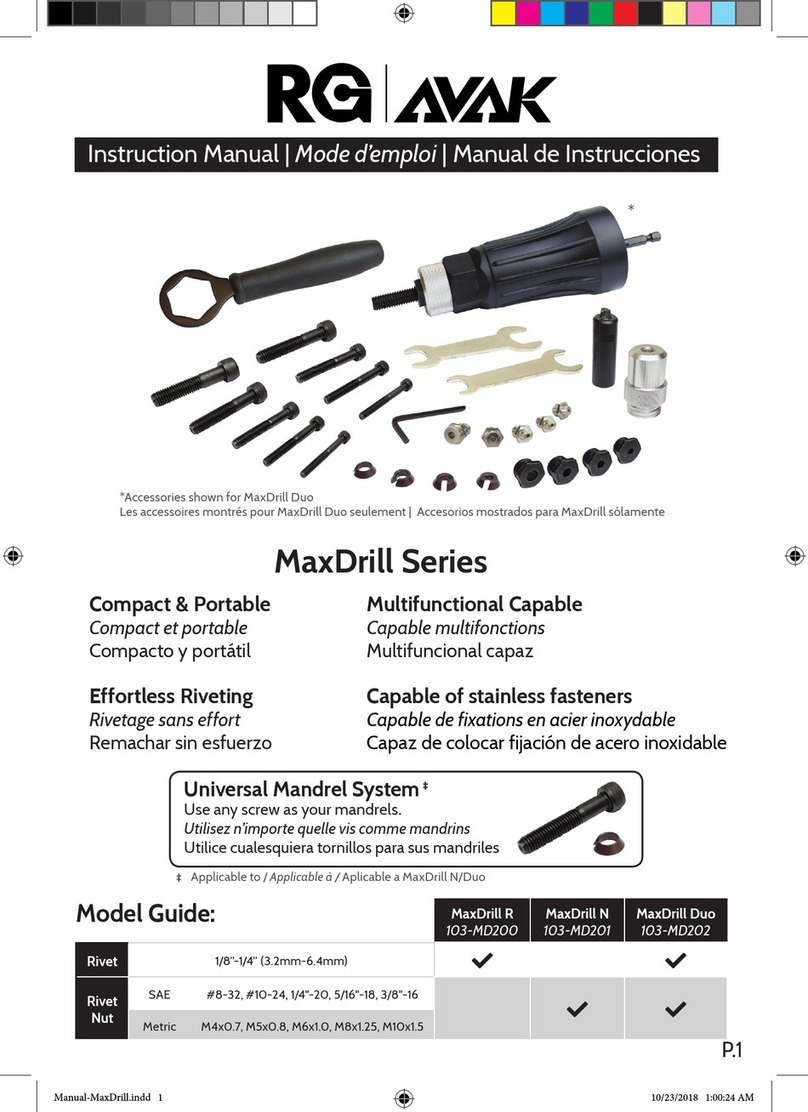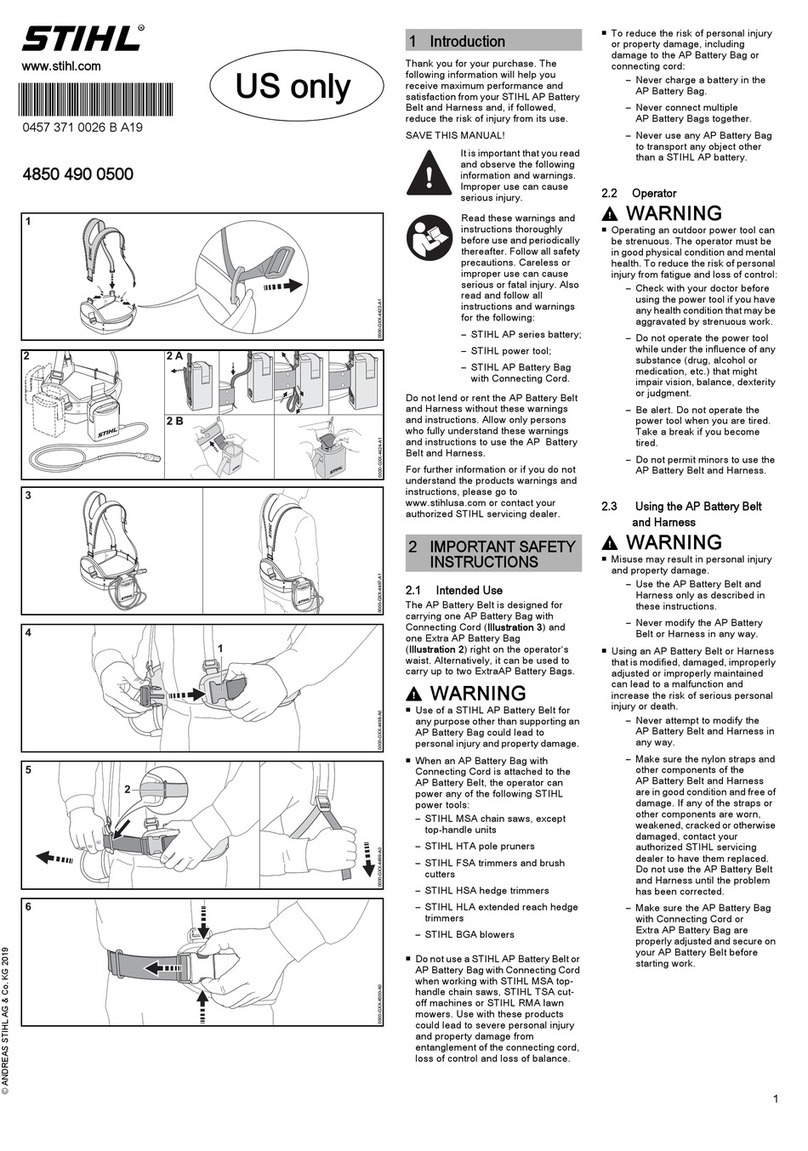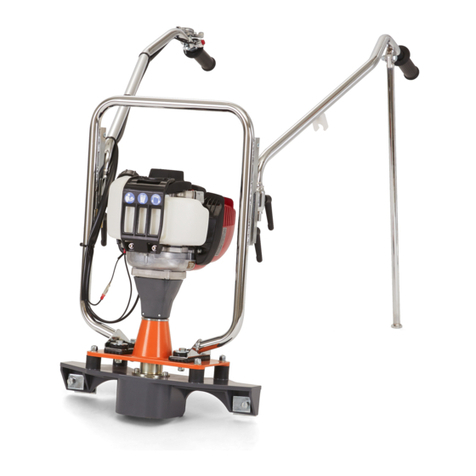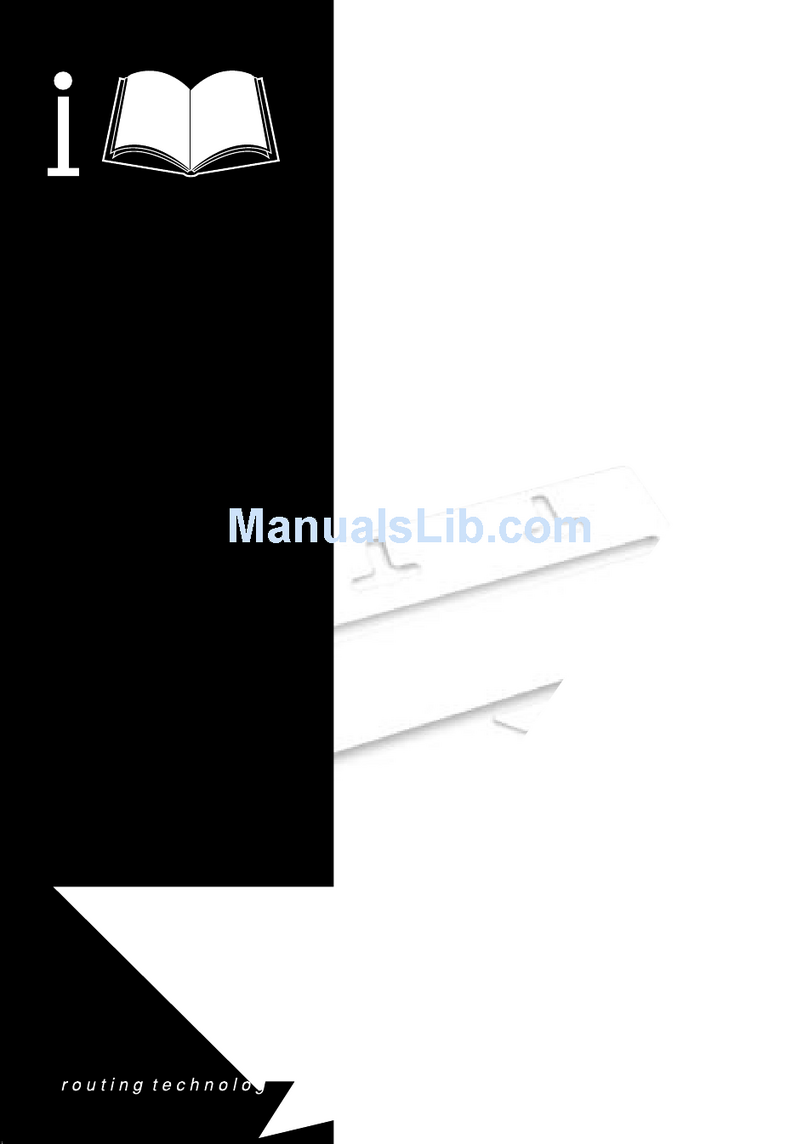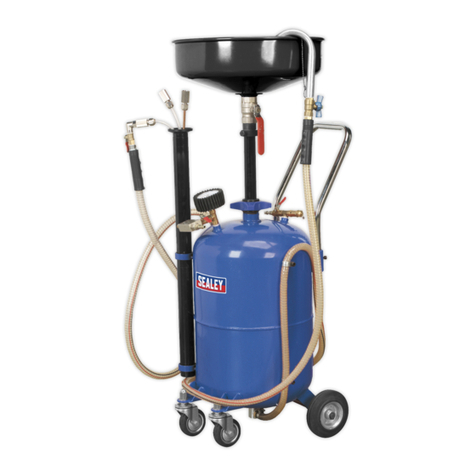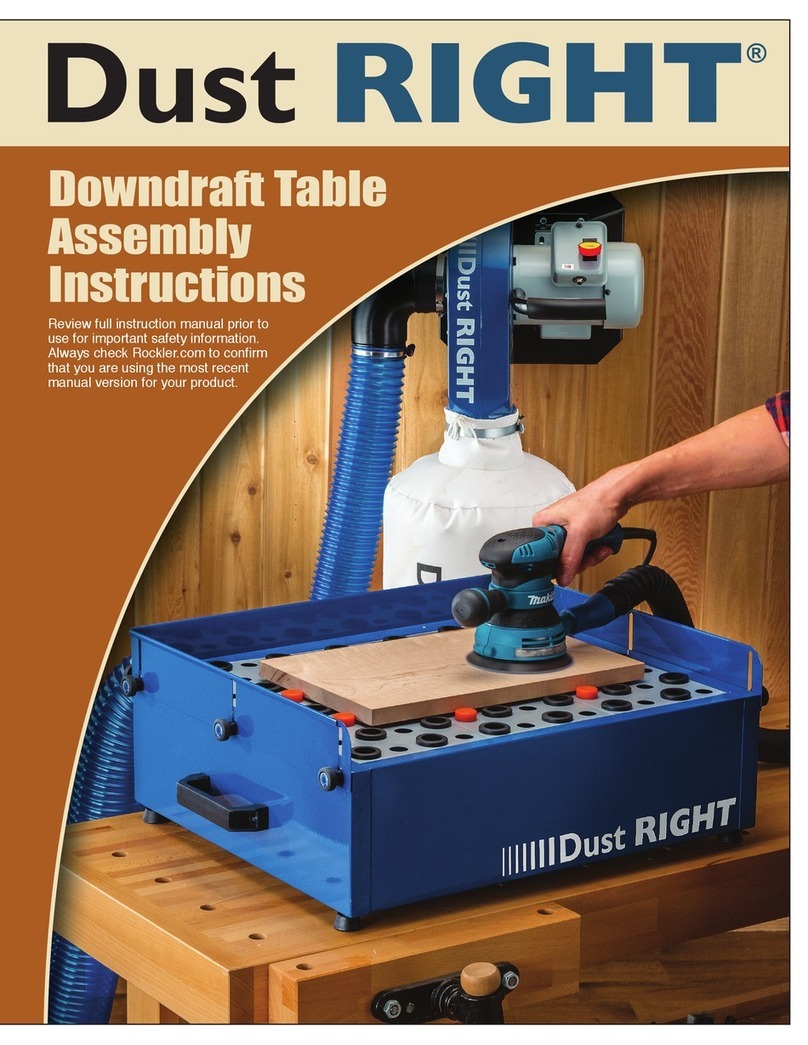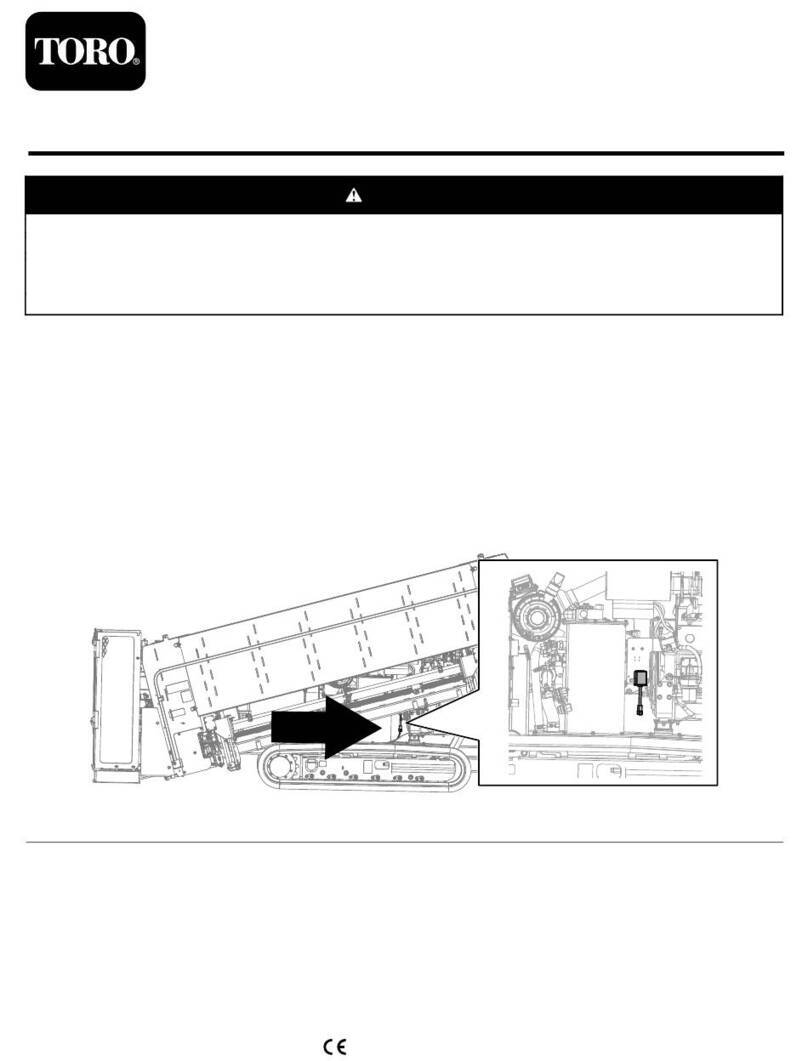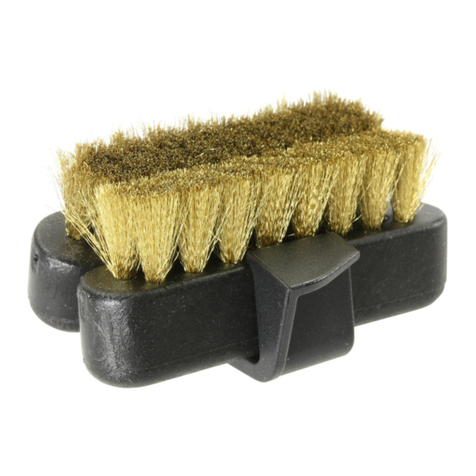
02.00|ROTA THW / THWB |en
9
Environmental and operating conditions
Required ambient conditions and operating conditions
Incorrect ambient and operating conditions can make the product
unsafe, leading to the risk of serious injuries, considerable material
damage and/or a significant reduction to the product's life span.
• Make sure that the product is used only in the context of its de-
fined application parameters, (3, Page 17).
• Make sure that the product is a sufficient size for the applica-
tion.
• Only use high-quality cooling emulsions with anti-corrosive ad-
ditives during processing.
• Lubricating intervals must be adhered to (7.2, Page 36).
Personnel qualification
Inadequate qualifications of the personnel
If the personnel working with the product is not sufficiently quali-
fied, the result may be serious injuries and significant property
damage.
• All work may only be performed by qualified personnel.
• Before working with the product, the personnel must have read
and understood the complete assembly and operating manual.
• Observe the national safety regulations and rules and general
safety instructions.
The following personal qualifications are necessary for the various
activities related to the product:
Due to their technical training, knowledge and experience, trained
electricians are able to work on electrical systems, recognize and
avoid possible dangers and know the relevant standards and regu-
lations.
Due to its technical training, knowledge and experience, qualified
personnel is able to perform the delegated tasks, recognize and
avoid possible dangers and knows the relevant standards and
regulations.
Instructed persons were instructed by the operator about the
delegated tasks and possible dangers due to improper behaviour.
